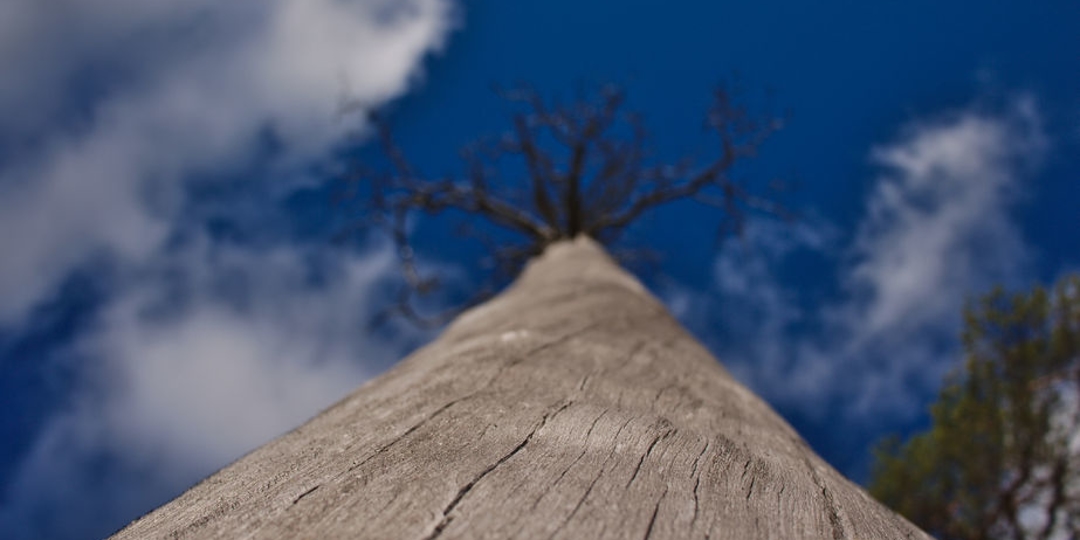Have you ever seen a dead branch dropping from a tree in your yard? Not only is it unappealing to the eye, but it can also present some hazardous risks. You may not be aware that there are several advantages to removing deadwood from trees, besides enhancing their visuals and providing protection. This guide reveals the importance of deadwooding and why it’s an important part of any North Pittsburgh tree maintenance plan. Let's explore all the benefits of healthy growth and improved overall appearance that this procedure can bring!
What does deadwooding mean?
Deadwooding is a customary practice in arboriculture and is commonplace here in North Pittsburgh. Deadwood refers to branches that have died or become weak and are at risk of falling off. If left unattended, this can pose serious hazards to people, buildings, and other vegetation. It can enhance the looks of a tree, boosting its strength and stability, reducing the possibility of harm to people or property and promoting new growth. When deadwooding, it is essential to prune diseased branches, infested with insects, or considered at risk of falling. Otherwise, live limbs may be taken away inadvertently. Deadwooding trees is crucial in maintaining the health and safety of your property's landscape.
What are the benefits of deadwooding?
Deadwooding is a horticultural practice with numerous benefits. It can give trees a more aesthetically pleasing appearance by removing any dead branches. Additionally, it can reduce the risk of storm damage since dead wood is more prone to breaking in strong winds. Your property will benefit significantly from reduced risk of falling branches during storms or heavy winds that could damage structures and vehicles parked nearby or injure people passing by. Moreover, by removing deadwood, trees can live longer and channel their energy into healthier areas. Deadwooding encourages new growth by allowing sunlight to penetrate through the canopy, which promotes photosynthesis among leaves on lower tree limbs, thus increasing its vitality over time. The process also helps decrease the tree's weight, lessening the chance of structural damage.
Does your tree need deadwooding? How to tell
You can look for the following signs to determine whether your tree needs deadwooding:
-Do you see any cracks or splits in the trunk? These are often caused by heavy branches weighing down on the trunk. Deadwooding can help remove these branches and relieve pressure on the trunk.
-Are there any dead or dying branches? Deadwooding involves removing these branches.
-Is the tree's canopy thin and sparse? This is often a sign that the tree is not getting enough light, which can be due to overcrowding from other trees or structures. Deadwooding can help increase light penetration and improve the tree's overall health.
From reducing fire damage to increasing tree longevity and health, deadwooding trees provides many benefits. This comprehensive guide lets you know how deadwooding works and why it's important. It also helps create a safer environment for people and wildlife here in North Pittsburgh who enjoy spending time outdoors.

